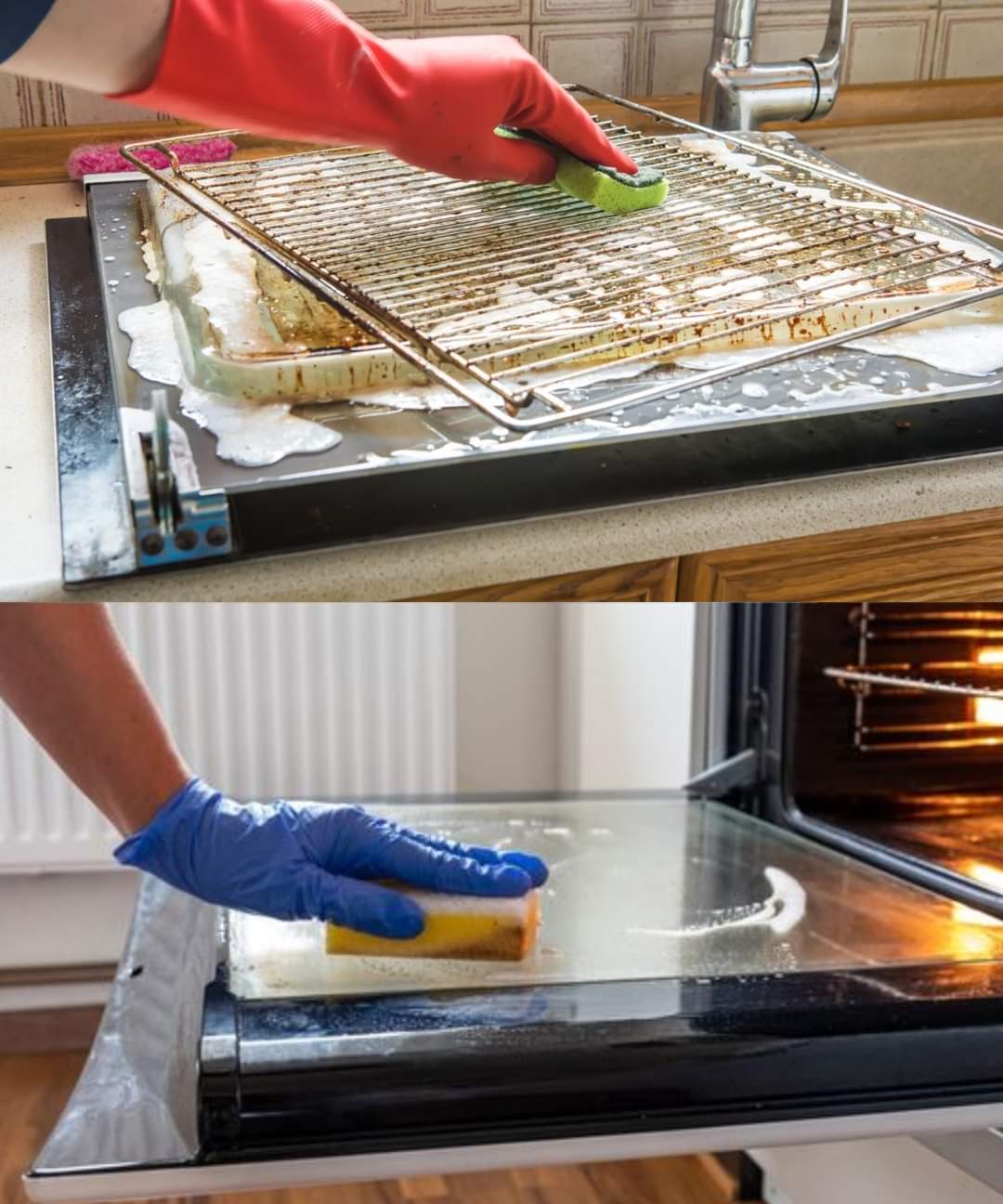ADVERTISEMENT
Complete Guide for Effective Oven Cleaning Using Sodium Bicarbonate and Vinegar
Cleaning an oven is often a task that many of us tend to put off, as it can be both time-consuming and messy. However, keeping your oven clean is not only important for maintaining its efficiency but also for ensuring your food tastes fresh and free from any lingering grease or grime. If you’re looking for a natural, effective, and eco-friendly way to clean your oven, using sodium bicarbonate (baking soda) and vinegar is a fantastic solution.
These two common household ingredients are powerful cleaners that can tackle tough grease, burnt-on food, and other oven stains without the need for harsh chemicals. In this guide, we’ll walk you through a step-by-step process to clean your oven using just sodium bicarbonate and vinegar. It’s simple, safe, and effective!
Why Sodium Bicarbonate and Vinegar?
Both sodium bicarbonate (baking soda) and vinegar are excellent natural cleaning agents. Here’s why they work so well together:
- Sodium Bicarbonate (Baking Soda): Baking soda is mildly alkaline and abrasive, which helps break down grease, stains, and food spills. It can also neutralize odors, leaving your oven smelling fresh.
- Vinegar: Vinegar is acidic, which makes it great at dissolving grease and other stubborn residues. When combined with baking soda, it creates a fizzy reaction that can help lift dirt and grime from surfaces.
When used together, these ingredients create a powerful cleaning duo that’s both effective and non-toxic. Plus, they’re widely available and inexpensive, making this method a budget-friendly alternative to commercial oven cleaners.
What You’ll Need:
- 1/2 cup baking soda (sodium bicarbonate)
- 1/4 cup vinegar
- Water
- A small bowl
- A spray bottle
- A sponge or microfiber cloth
- A plastic or silicone spatula (optional)
- Rubber gloves (optional for sensitive skin)
- Paper towels or old rags
Step-by-Step Guide for Cleaning Your Oven with Baking Soda and Vinegar
Step 1: Remove Oven Racks and Loose Debris
Before you begin cleaning the oven, remove any racks, trays, and loose debris. You can wash the racks separately in warm soapy water or clean them using the same cleaning method. For now, focus on the oven interior.
Step 2: Make a Baking Soda Paste
In a small bowl, mix about 1/2 cup of baking soda with a few tablespoons of water to form a thick paste. You want the paste to be spreadable but not too runny. If necessary, add more water, a little at a time, to achieve the right consistency.
Step 3: Apply the Baking Soda Paste
Put on your rubber gloves if you’re sensitive to cleaning products. Using a sponge, microfiber cloth, or your hands, spread the baking soda paste on the interior surfaces of the oven, focusing on areas with grease, baked-on food, and stains. Avoid the heating elements and any exposed electrical components.
For tough spots, you may want to apply a thicker layer of the paste. Let the baking soda sit for at least 30 minutes to an hour, or even overnight for heavy build-up. The paste needs time to break down the grease and grime.
Step 4: Clean the Oven Racks
While the baking soda paste works on the oven’s interior, you can clean the oven racks. Fill a bathtub, sink, or large basin with hot water and add a cup of baking soda. Let the racks soak for 30-60 minutes to loosen any baked-on grease. After soaking, scrub the racks with a sponge or steel wool to remove the grime.
Step 5: Add Vinegar
After the baking soda has had time to sit, it’s time to activate the fizzing reaction. Using a spray bottle, add vinegar and spray it generously over the baking soda paste. You’ll notice a bubbly, fizzing reaction—this is the magic happening! The vinegar will help lift away the baking soda and the grime along with it.
Step 6: Wipe Down the Oven
Once the fizzing has subsided, take a sponge or cloth and wipe down the interior of the oven, starting with the areas that have the most buildup. The combination of the baking soda paste and vinegar should make the grime much easier to wipe away.
If you find that some spots are still stubborn, you can use a plastic or silicone spatula to gently scrape off any remaining residue. Be sure to avoid metal scrapers, as they could scratch the oven’s surface.
